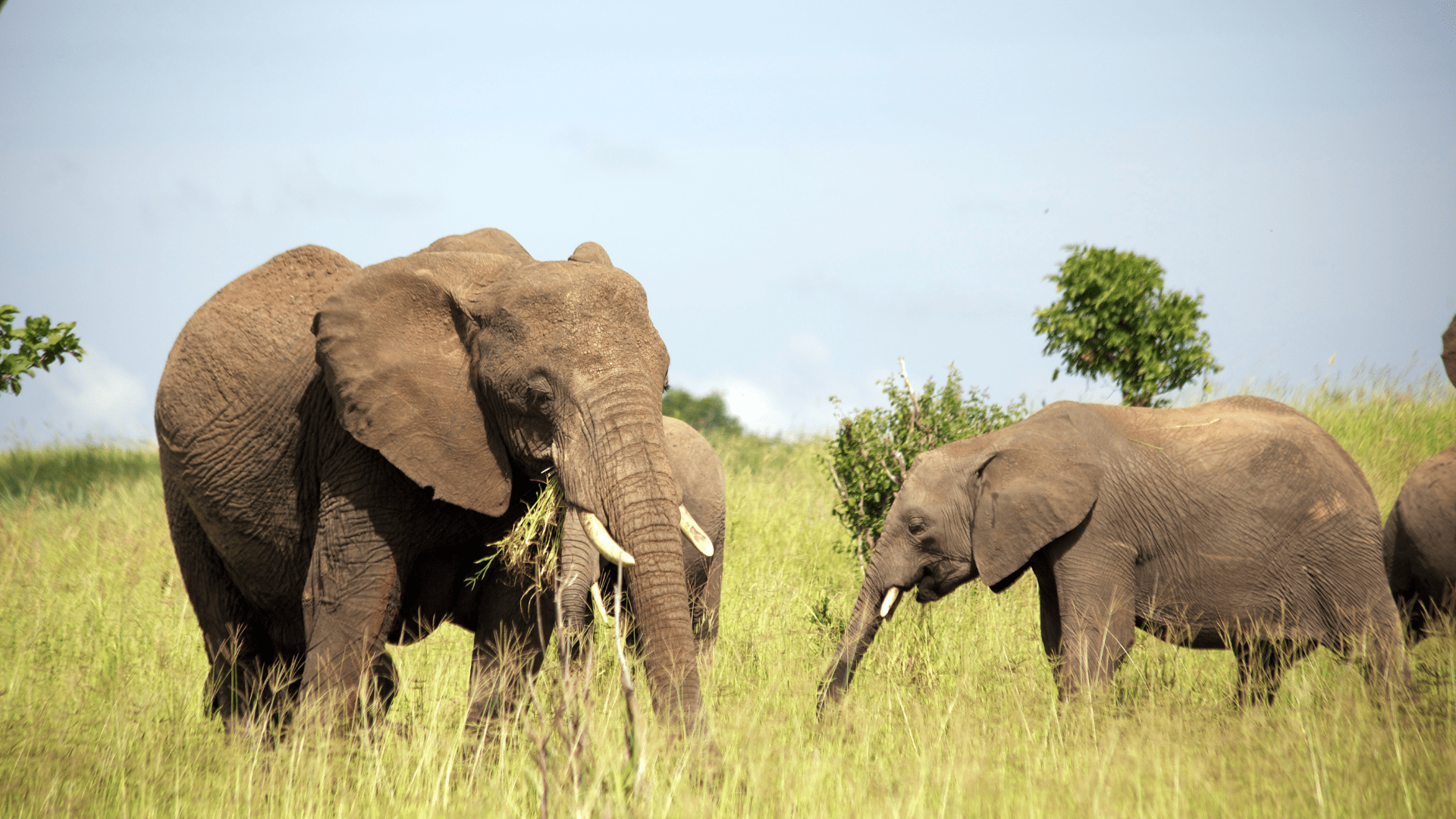As the human population rapidly grows, so does the threat of habitat loss for many creatures. But, using satellites to map wildlife habitats is expanding across the area of ecology. NASA’s satellites play a major role in efforts to protect endangered animals.
NASA is tracking tigers, jaguars, elephants, and other vulnerable species from space. “Satellites observe vast areas of Earth’s surface on daily to weekly schedules,” said Keith Gaddis the ecological conservation program manager at NASA Headquarters in Washington. “That helps scientists monitor habitats that would be logistically challenging and time-consuming to survey from the ground — crucial for animals like tigers that roam large territories.”
Here is how NASA helps to protect three of Earth’s most iconic species among the endangered wildlife.
Helping Tigers

Tigers once spanned across Eurasia but have lost 93% of their historical range. The wild tiger population hit an estimated low of 3,200 in 2010. But now that number ranges between 3,500 to 5,500.
In a recent study, researchers took 500 studies containing data on tigers and their habitats across Asia. The team found that the habitats where the big cats live declined by 11% from 2001 to 2020. It went from 396,000 square miles to about 352,000 square miles.
A team led by the Wildlife Conservation Society (WCS) and funded by NASA’s Ecological Conservation program developed a tool to monitor changes in tiger habitat. The tool uses Google Earth Engine and NASA Earth to do this. Their goal is to aid conservation efforts in real-time. They use data from the Visible Infrared Imaging Radiometer Suite (VIIRS), Moderate Resolution Imaging Spectroradiometer (MODIS) images, and Landsat satellites.
Researchers mapped large stretches of “empty forests” with no recent tiger presence. Because they are a suitable habitat and still big enough to support tigers, they have potential for restoration. However, this is assuming there is enough food to support them. If tigers could move there through natural dispersal or reintroduction, it could “increase the land base for tigers by 50%,” according to the scientists’ report.
Eric Sanderson is the study’s lead author and vice president of urban conservation at the New York Botanical Garden. He said, “There’s still a lot more room for tigers in the world than even tiger experts thought.”
Explore Tomorrow's World from your inbox
Get the latest science, technology, and sustainability content delivered to your inbox.
I understand that by providing my email address, I agree to receive emails from Tomorrow's World Today. I understand that I may opt out of receiving such communications at any time.
Jaguars and Their Habitat

In the last century, the jaguar range declined by 50%, according to the International Union for Conservation of Nature (IUCN). Jaguars once roamed from the U.S. Southwest to Argentina. Like tigers, jaguars fight against poaching and loss of food sources. The IUCN classifies wild jaguars as near-threatened, with a population between 64,000 and 173,000.
Gran Chaco is South America’s second-largest woodland. In addition, it is home to jaguars and other animals but is considered an especially threatened ecosystem. The forest stretches from northern Argentina into Bolivia, Paraguay, and Brazil but experiences severe deforestation.
NASA mapped priority areas for jaguars. They did this using land use and infrastructure data, plus Earth observations from MODIS and Landsat. They found that about 36% of the priority areas in Gran Chaco are “low-protection” zones. These are areas where deforestation is allowed.
Sebastian Martinuzzi of the University of Wisconsin–Madison is the lead author. He said, “Managers and conservationists could use the new spatial information to see where current forest zoning is protecting key animals, and where it may need re-evaluation.”
Safe Havens for Elephants

African savanna elephants occupy about 15% of their historical range, but their numbers are declining. A study surveyed about 90% of the elephants’ range. It’s estimated that their numbers dropped by 144,000 elephants from 2007 to 2014. This left approximately 352,000 elephants, and the IUCN changed their status to endangered in 2021.
A recent study used NASA satellite data to study elephants in Kenya’s Maasai Mara National Reserve. Researchers also studied nearby semi-protected and unprotected zones. They discovered that elephants prefer dense canopy forests along streams, especially in unprotected areas. In addition, they found that elephants avoid open areas like grasslands, especially when there are more people around. Human development, like tourism lodges, is often built around this kind of forest.
The IUCN also classifies elephants as endangered. In Southern Bhutan, there are escalating conflicts between people and elephants. In 2020-2021, the NASA Capacity Building Program selected Bhutanese students studying in America for the DEVELOP program. They partnered with the Bhutan Foundation, Bhutan Tiger Center, and Bhutan Ecological Society. The teams modeled current habitat suitability and mapped wildlife pathways between habitats. They used NASA Earth observations, elephant occurrence data, and other information. It aided strategies that reduced the risk of conflict.







